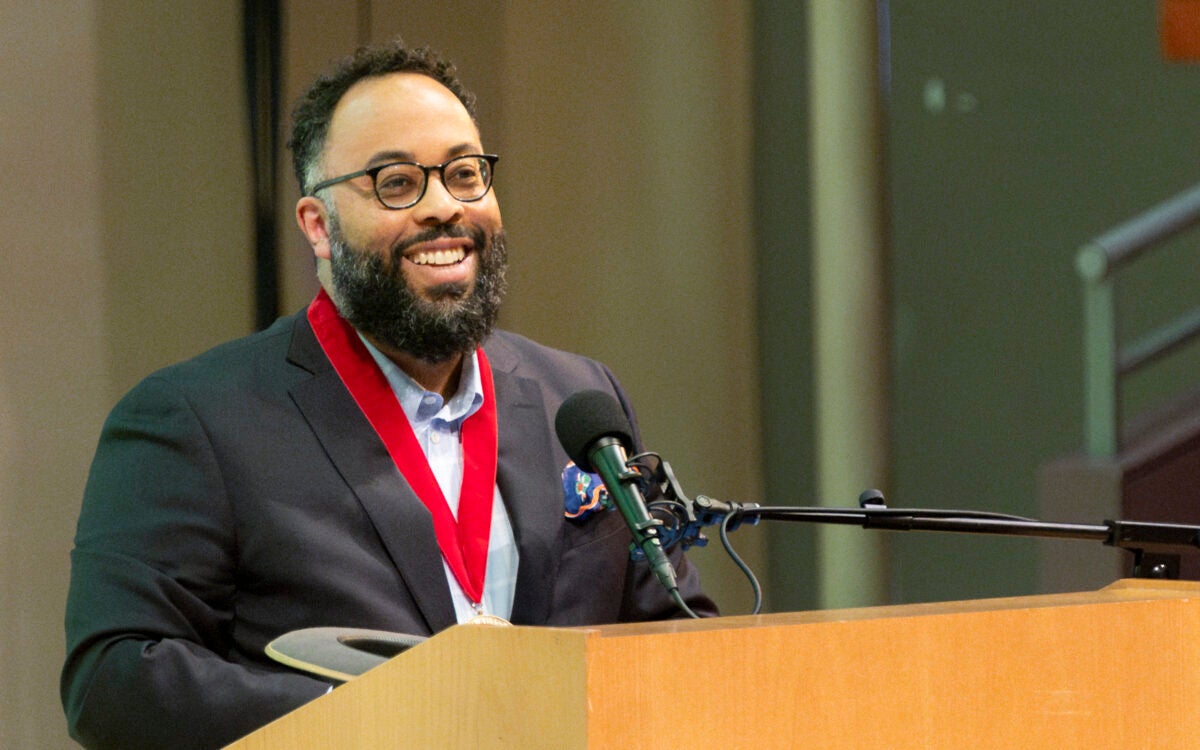Tackling malaria using the art of deception
Francisco Cai could have parlayed his Stanford computer science degrees into opportunities developing a smartphone app or increasing a website’s ad revenues. Instead, he sought out a way to use his formidable coding skills to tackle problems affecting more of the world’s population. After working in a hospital for a year translating electronic medical records into usable datasets for researchers, Cai entered Harvard T.H. Chan School of Public Health in 2013. He’s graduating this month with a master of science degree in epidemiology after helping move forward an innovative idea for fighting one of the world’s most notorious insects — the malaria-transmitting mosquito.
“I didn’t know much about malaria before I came here,” Cai said, “but the more I learn the more interesting it becomes.” Tackling the disease is a challenge, he said, and it has required him to learn more than he ever thought he’d have to know about its pesky vector.
For his thesis, Cai worked on a mathematical model to test whether an experimental chemical compound could potentially disrupt the female Anopheles mosquito’s mating and reproductive process and, consequently, reduce malaria transmission. Developed in the lab of Flaminia Catteruccia, associate professor of immunology and infectious diseases, the chemical would be applied to bed nets in malaria-prone areas. If successful, it would trick female mosquitoes — who only mate once — into thinking they’ve already done the deed.




